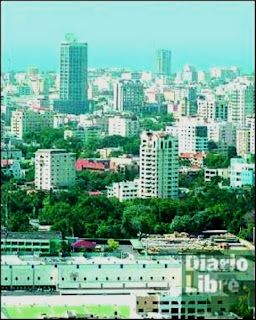The Wall Street Journal recently wrote an article about universities across the country becoming major city developers and de facto planning commissions of their own neighborhood. The main focus of the article was on the University of Pennsylvania's (UPENN) $2 Billion redevelopment of a 42 acre parcel on the Schukill River, which separates the campus from downtown Philadelphia, that will include a 50 story plus high-rise.

Proposed UPENN redevelopment site
Focusing on UPENN, which has been lauded by many developers and universities outside of Philadelphia for successful redevelopment and partnership with surrounding neighborhoods and the university, leads the question of whether having universities as a developer or a de facto city planning agency is ultimately a good thing for cities.
The answer would seem obvious in UPENN's example, the redevelopment of the site will bring over 4,000 new jobs and the University has the resources and capital that the city of Philadelphia does not, with UPENN almost having an operating budget larger than the entire operating budget of the city. There is a down side that is not talked about, especially in UPENN's example outside of Philadelphia. UPENN's continues growth beyond it's campus whether it's for university use or economic development growth has uprooted many long term residents and has almost totally cleared some neighborhoods original character.
While change is inevitable, many neighborhoods adjacent to UPENN feel that change is only accommodated when the old neighborhood is completely removed and their needs go unaccounted for as new residents reek the benefits of new amenities that long term residents never had. Many long term residents do not feel their neighborhood were gentrified, they feel their neighborhoods were steam rolled over by the university.
With the previous example in mind, one has to wonder about the danger of having a university, which is still a private entity take on de facto planning roles that should be handled by a city planning agency which could help better integrate existing needs of a neighborhood with the the new demands of a university. If Universities are left alone solely to be the developer they may only look out for the interests of their clientele which are the students and faculty who are a lot of times of a different socio-economic class then the residents of adjacent neighborhoods and expect different needs and services.
So what is your opinion of Universities becoming major developers or de facto planners? Has University development been successful or unsuccessful in cities where you live? Let us know.





 Times Square Billboards
Times Square Billboards Hong Kong
Hong Kong Tokyo
Tokyo Hollywood
Hollywood Unknown city
Unknown city 


 Kingston, Jamaica
Kingston, Jamaica Havana, Cuba
Havana, Cuba San Jaun, Puerto Rico
San Jaun, Puerto Rico Santo Domingo, Dominican Republic
Santo Domingo, Dominican Republic The Street
The Street
 Pittsburgh Memories
Pittsburgh Memories 





